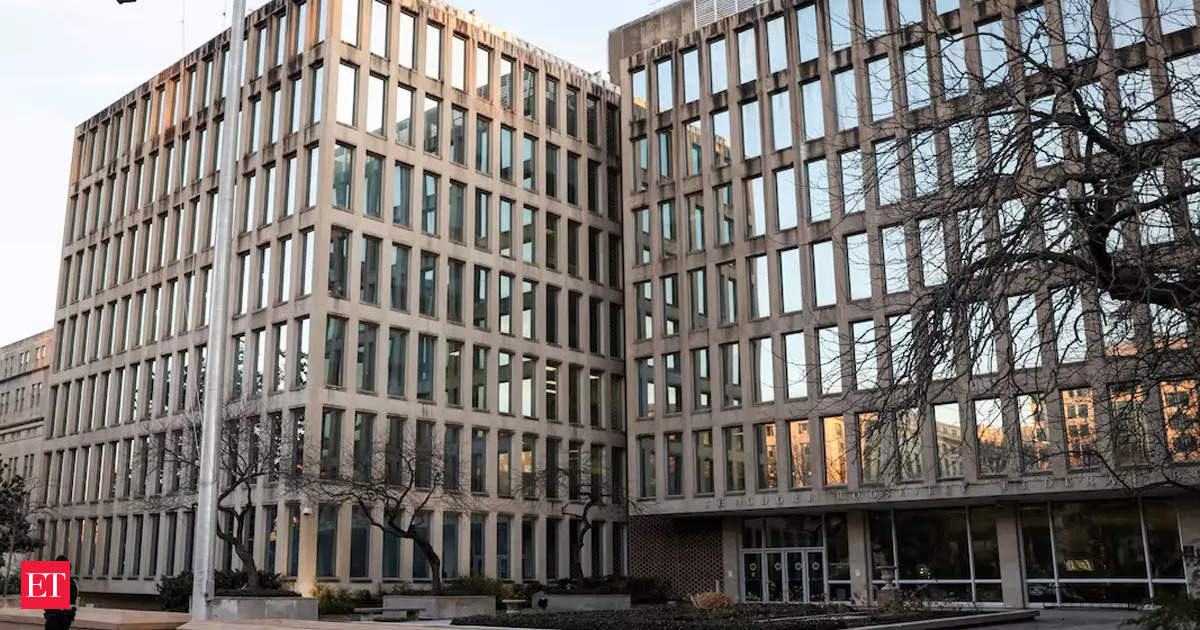Indian rescuers have begun drilling vertically to rescue 41 workers who have been trapped in a mountain tunnel in Uttarakhand state for the past two weeks. The workers, who are construction workers from some of India’s poorest states, became trapped when the 4.5-km tunnel collapsed on November 12. Despite being safe and having access to light, oxygen, food, water, and medicine, the rescue operation has faced setbacks due to damage to the drilling machine. As a result, rescuers have switched to manual drilling. The drilling, which started on Sunday, is expected to take about 100 hours.
Initially, the rescue plan involved pushing a wide pipe through the tunnel to pull the trapped workers out on wheeled stretchers. However, this plan had to be abandoned due to the damage to the drilling machine. The workers have been receiving cooked food through a lifeline pipe that was pushed through to ensure a steady supply of essential goods.
There are more than a dozen doctors, including psychiatrists, at the site, monitoring the health of the trapped workers. The workers have been advised to do light yoga exercises, walk around in the two km of tunnel space they have access to, and keep talking to each other for mental and physical well-being. Two mobile phones and memory cards with Hindi films and electronic games have been sent in to provide additional entertainment.
The rescue operation has highlighted concerns about the safety of the tunnel. A member of the expert panel investigating the collapse stated that the tunnel does not have an emergency exit and was built through a geological fault. Opposition parties have called for an investigation into the accident and for the government to ensure the safety of such projects.
In conclusion, the rescue operation to save the trapped workers in the Indian tunnel has faced challenges due to damage to the drilling machine. However, rescuers have adapted by switching to manual drilling. The trapped workers are safe and have been provided with essential supplies. The operation is expected to take about 100 hours. The incident has raised questions about the safety of the tunnel and the need for emergency exits in such projects.











